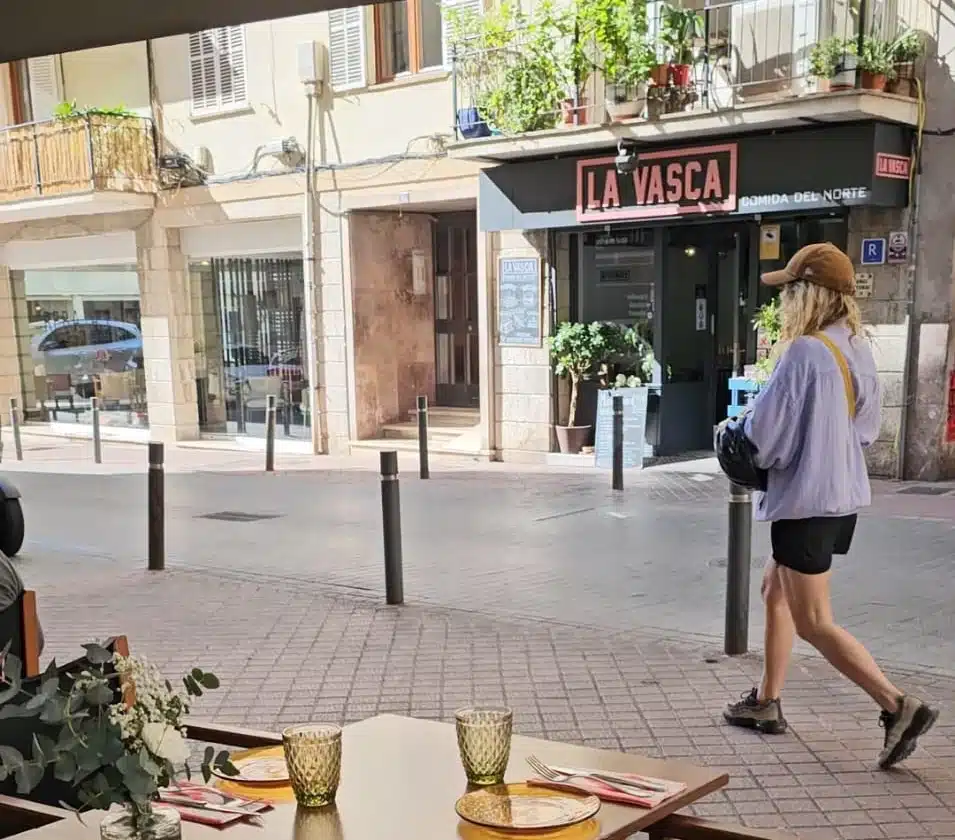Calle Bonaire, one of Palma’s most emblematic streets, is steeped in history and transformations that have shaped its current character. From its origins as a connecting route from Roman Palma to the urban modernisation of the 20th century, this street has witnessed significant changes that have marked the development of the city.
Historically, Calle Bonaire is considered an ancient connection route from Roman Palma to the interior of Mallorca. For centuries, it ran parallel to the medieval wall built after the conquest by Jaume I, defending the city until the arrival of the Renaissance wall. Between sa Riera and Calle Bonaire, as Diario de Mallorca reports, was s’Hort den Moranta, an intramural cultivation area that lasted until the 20th century.
Over the centuries, the dimensions and layout of the street underwent significant changes. Initially, it stretched from Baluard des Sitjar to Can Salas street. However, the layout divided the orchard of the convent of La Concepció, which caused inconveniences for the Augustinian nuns. In 1703, after requesting a change in the layout from the Town Hall, Carrer Bonaire ended, for more than two centuries, at the corner of what is now Carrer Metge Matas.
The modernisation of the area intensified with the Alomar Plan in 1943, which radically transformed the appearance of the street. Old buildings were replaced by modern buildings, erasing the contrast with the “poor buildings” of the early 20th century.
Recent changes in Bonaire Street
In more recent times, the construction of the Jaume III road again affected the surroundings of Calle Bonaire, influencing the urban redevelopment and the appearance of new roads such as Baró Santa María del Sepulcre.
In 2022, the shopkeepers of Calle Bonaire achieved a victory by keeping traffic open to all, in defiance of the municipal government’s proposed restriction. This decision reflects the vitality and dynamism of the area, which remains a vibrant commercial and cultural centre in the heart of Palma de Mallorca.
It is precisely here that our restaurant La Vasca is located, one of the essential restaurants that you must try in the capital of Mallorca. We offer a set menu from Monday to Thursday and an à la carte menu with very northern dishes that are sure not to leave you hungry.
If you visit Palma de Mallorca, we invite you to discover Calle Bonaire and explore its fascinating history. Enjoy a unique experience as you stroll through its charming streets and discover its rich cultural heritage – don’t miss the opportunity to experience the authentic essence of this emblematic street in the heart of the city!
